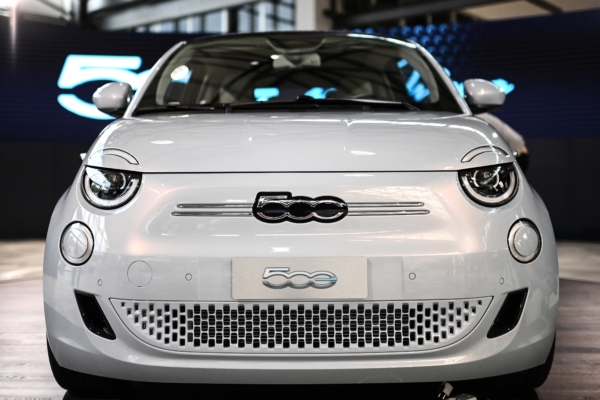The European Union market has been heavily impacted by the influx of low-priced electric cars from China. In response, aside from imposing tariffs, the EU is also making breakthroughs in terms of technology. According to Italian media reports, Italy has successfully developed an electric car engine that does not require the use of rare earth elements, which is set to revolutionize future transportation and curb Beijing’s market dominance.
The new type of engine, named Spinrel, was unveiled at the International Automobile Technology Exhibition in Cologne, Germany, as reported by La Repubblica. The engine was developed by the Green Silence Industrial Center, a collaboration between three companies from northern Italy – Settima Meccanica, Spin, and Motive.
The development of the Spinrel engine was funded by the Italian private equity fund Xenon, with the main innovation being the use of permanent magnets made without rare earth materials. Currently, there are 17 metals classified as “rare earth elements,” with China possessing about 37% of the world’s rare earth reserves and being a major producer, exporter, and processor of rare earth elements.
According to reports, the rare earth-free engine not only ensures higher and more stable energy performance but also reduces noise pollution. By eliminating the use of rare earth materials, the engine’s recyclability is enhanced, and the environmental impact of mining activities is minimized.
After 3 years of research and 2 years of engineering design, Spinrel is now on the market. The technology is suitable for any type of vehicle and has the potential for various other application modes.
The EU has been actively reducing its reliance on raw materials from China. In March of this year, the EU passed the “Critical Raw Materials Law” to strengthen the autonomy of raw material supplies crucial for tech and green energy industries, and reduce dependence on specific countries. China supplies the EU with 98% of rare earth elements, 97% of lithium, and 93% of magnesium – all essential materials for industries like semiconductors, electric car batteries, solar energy, and wind power generation.
The “Critical Raw Materials Law” of the EU lists 34 critical raw materials, with 17 designated as “strategic materials” including silicon metal, magnetic rare earths, cobalt, copper, gallium, germanium, lithium for battery-grade, graphite, nickel, etc. The law stipulates that by 2030, 10% of annual consumption of critical raw materials should come from domestic mining, 40% from domestic refining, and 15% from recycling. Furthermore, for strategic materials, the supply from a single third country should not exceed 65%.
(Translated from Central News Agency)

